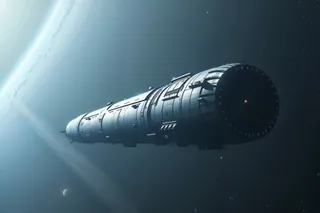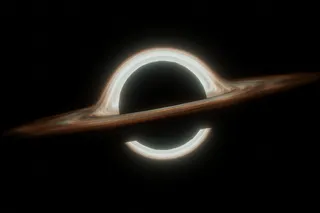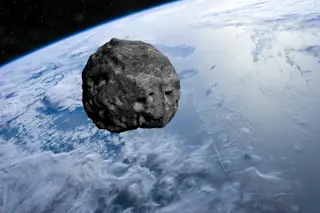This artist's impression shows ESA's Hera mission looming above asteroid 65803 Didymos. (Credit: ESA - ScienceOffice.org) Asteroid exploration has been all the rage lately, and the European Space Agency (ESA) isn’t missing out on the fun. On February 4, ESA released new details about its upcoming Hera mission — the first spacecraft to explore a binary asteroid. The mission will launch to asteroid 65803 Didymos, a binary pair made up of one large body and a smaller object that orbits around it, in 2023. Aptly nicknamed Didymoon, the smaller of the two stretches just 525 feet (160 meters) in diameter — making it the tiniest asteroid ever targeted for exploration.
When it comes to the asteroids we’ve visited, Didymos is definitely on the smaller side. Its larger half is just 2,600 feet (780 meters) in diameter, which pales in comparison to asteroids like 253 Mathilde, which is over 30 miles ...














